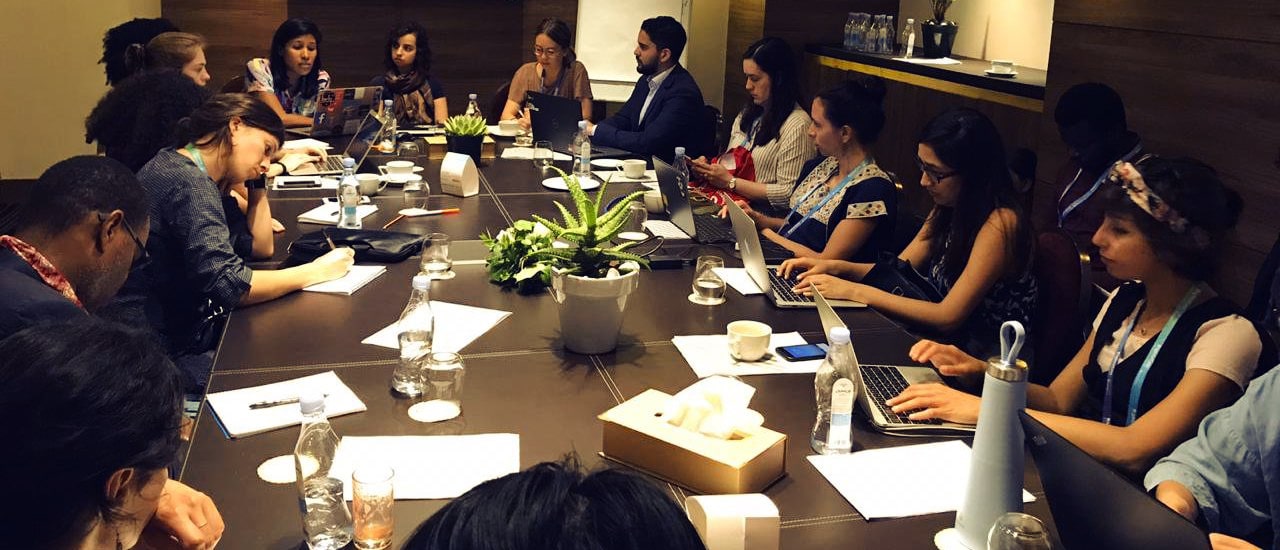Since its creation in 2011, RightsCon has gathered people from different sectors to discuss human rights in the digital age. It started as an event with a few hundred experts, but has become a major conference, with nearly 3000 participants in 2019. The 2019 program consisted of 17 tracks focusing on major issues, which totalized more than 450 sessions held in a period of four days.
As the conference started to attract a wider group of people, it adopted a series of measures to increase its diversity. The recent host countries, including Tunisia and Costa Rica, reflect the worldwide nature of the event, which now gathers individuals from all over the globe.
RightsCon has also gathered a considerable number of young people. They’ve had the opportunity to connect not only through regular conference activities, but during a summit on Day Zero. The summit aimed to engage youth and also brief them on the discussions taking place during the rest of RightsCon.
The sessions at RightsCon were designed with different formats, which was reflected in the physical structure of the meeting rooms. They were organized not just in an audience format, but also roundtables, allowing for people to feel equal footing when exchanging ideas.
It may seem simple, but this has a huge impact when it comes to youth participation. Having people at eye level makes an enormous difference in softening the intimidation someone in their early career stages might feel by sharing thoughts and asking questions with more experienced professionals.
It is already a challenge for young people, especially from under-represented countries, to attend international events. Thence, it is really important that the structure of the conference and the sessions do not offer an additional difficulty for young people to express themselves and fully enjoy the opportunity to connect with others.
In this sense, RightsCon 2019 was able to provide a collaborative environment, presenting a variety of sessions that allowed a peer-to-peer learning process – an aspect in favor of diversity and inclusion.
At the closing ceremony, participants were presented with the RightsCon Tunis 2019 Learnings, which contains the results of the major discussions that happened and starting points on how human rights can be approached.
Although the RightsCon Learnings are not by any means binding, they have a very important role in building a foundation that will strengthen the future actions of individuals and organizations that are part of the community of human rights defenders in the digital age.
Youth still struggle to find the resources to attend international events and this is one of the main reasons why our participation in these spaces is so limited. Therefore, having a document that outlines some basic accords discussed in all the tracks of the event also offers a tool for those who had the opportunity to attend to disseminate the knowledge and the experience with others who couldn’t do the same.
Participating in an event like RightsCon represents the chance for youth not only to learn from the sessions and connect with more experienced professionals, but also to outline an agenda for our future actions and the work we perform in our local and regional contexts.
In this sense, as young people who were provided an opportunity to attend international events such as RightsCon, our role is both to pursue more inclusive and diverse environments in these spaces and to disseminate knowledge and offer engagement opportunities for those who did not have the same opportunity.
The RightsCon 2019 Learnings is a very relevant community statement with a potential to help us build an agenda for human rights in the digital age. As youth, it is our mission to help communicate it out to the world.

